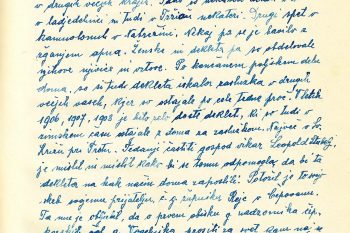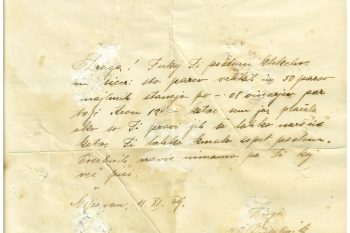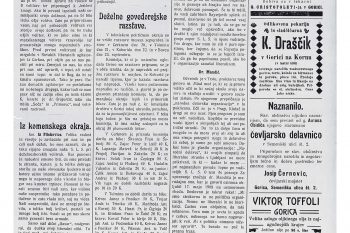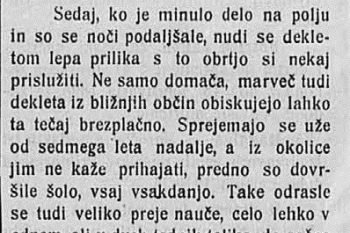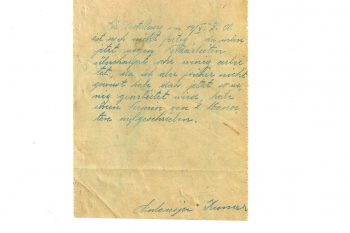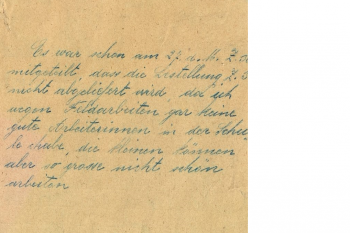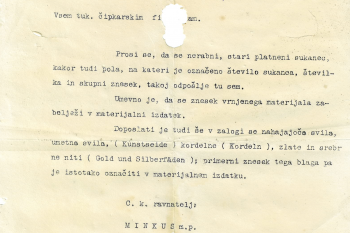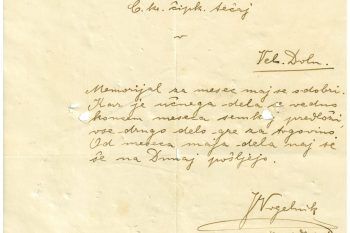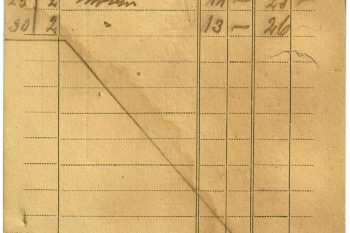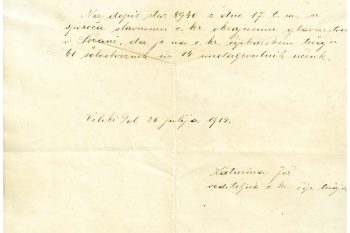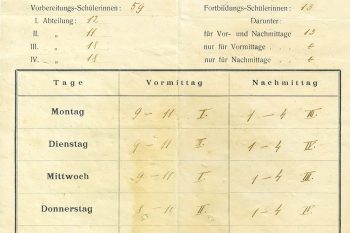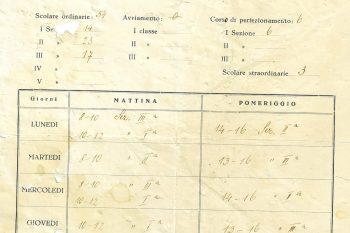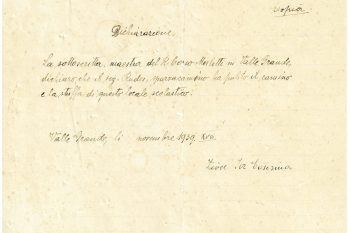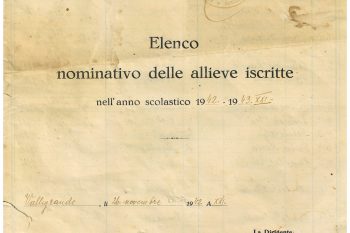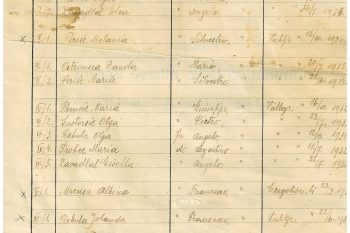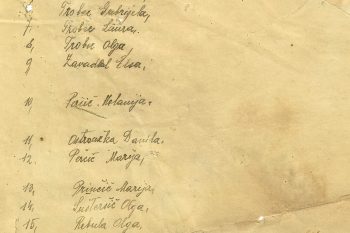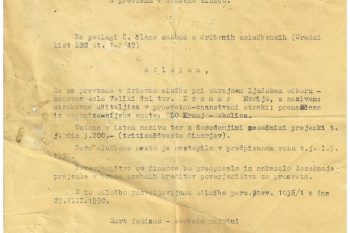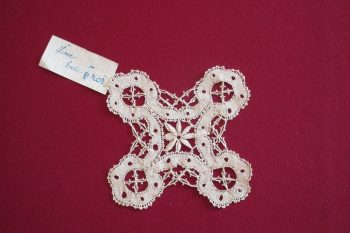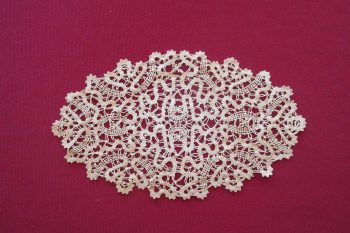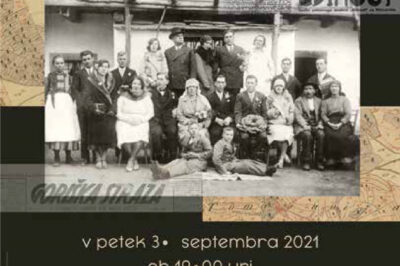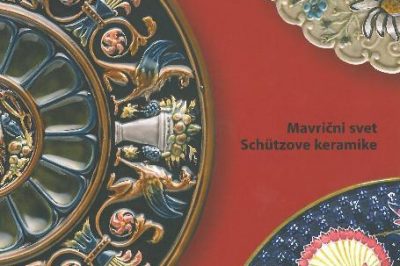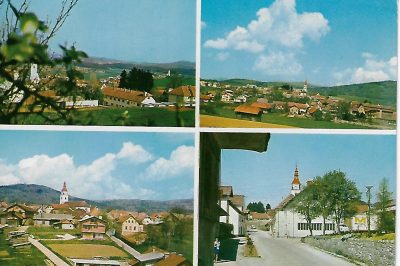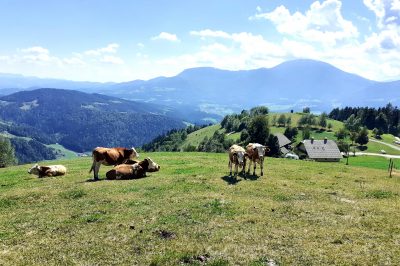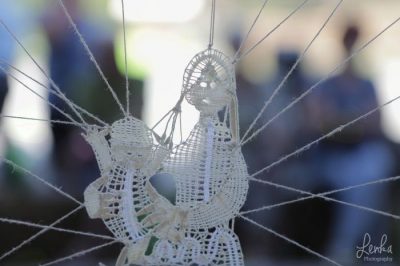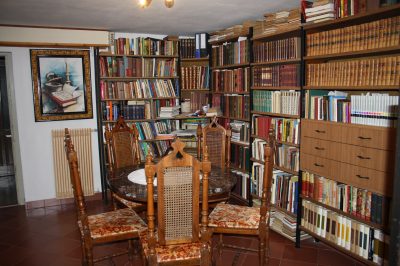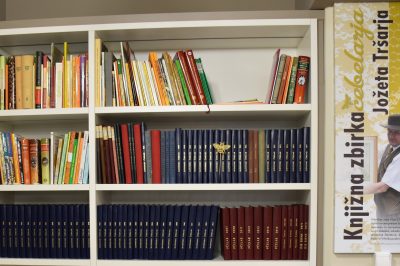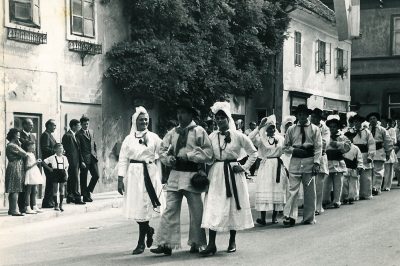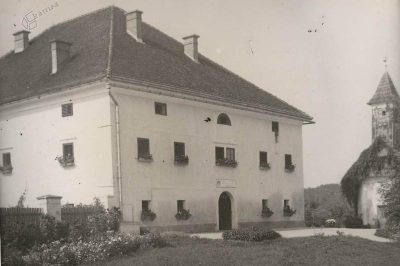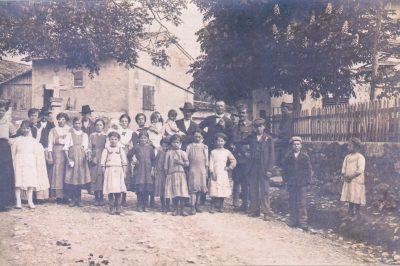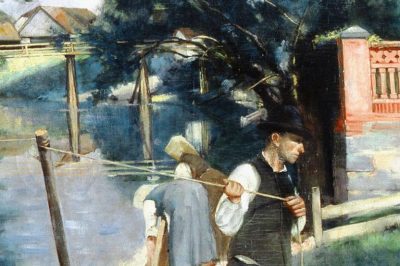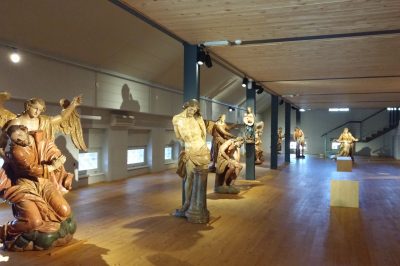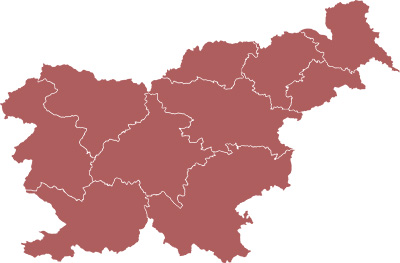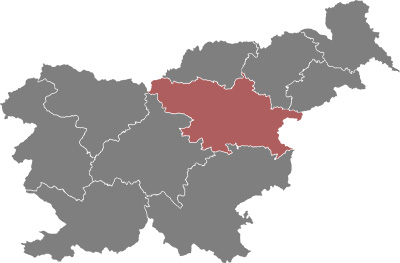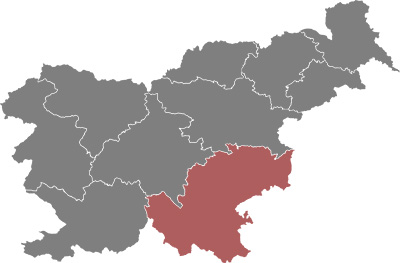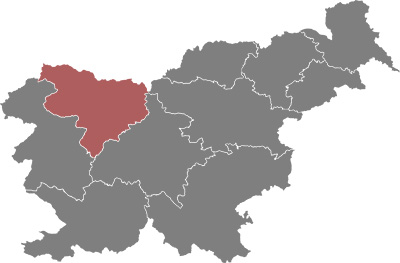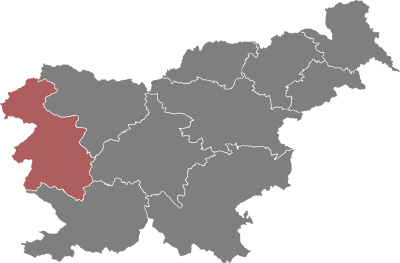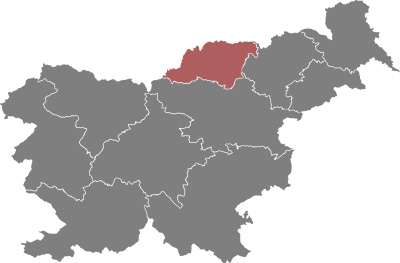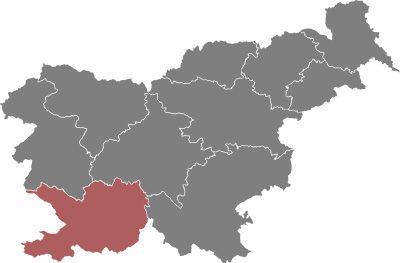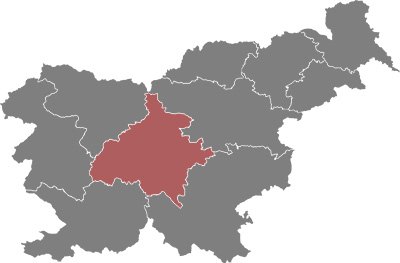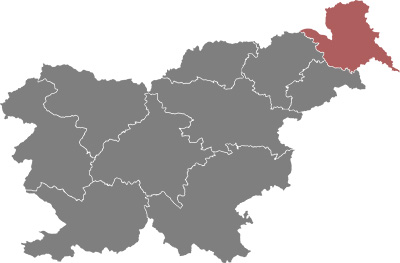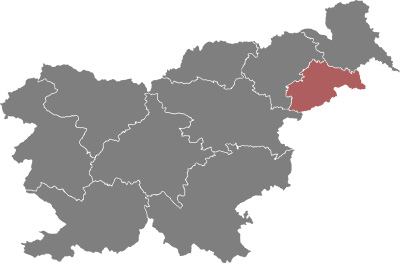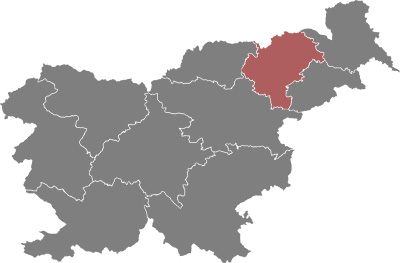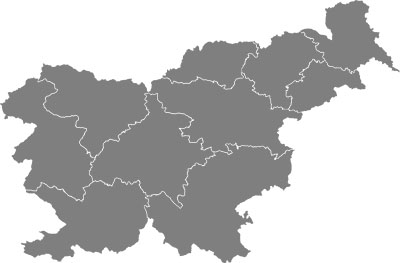A long-time teacher of lace making, who had been teaching in Veliki Dol, describes in her chronicle the conditions in the village, because of which the lacemaking school was founded. At the beginning of the 20th century the inhabitants were little peasants who had to find extra money in the cities, shipyards and quarries. The girls left their homes too, which worried very much the local priest, Leopold Stubelj. With the help of the priest Rejec from Čepovan, where a lacemaking school already existed, he sent a letter of request for the establishment of a lace makingschool to the Ministry of Culture and Education in Vienna.
The newspaper article describes the event on 21st October 1909, when there was a solemn opening ceremony with the speech of the supervisor from Vienna. The course was intended for girls and women from near and far surroundings, it was free of charge and it promised a quick income after only a few hours of lectures.
Attending a lacemaking course was free of charge all the time. At the beginning even older girls from broad vicinity attended it, as adverts for the course promised a quick income after only a few hours of learning. Later on, lacemaking gradually paid off less and less and the course was intended mainly for school-age girls that attended lace making classes immediately after their regular school lessons were over.
The teacher got all the the material for schooling from Vienna. She sent the products there, too. From Vienna, a lot of letters came even in the Slovene language. After World War I, Italy was granted rule over the territory. The lace making course belonged to the Craft School in Gorica. At first, the teacher could speak to the management in German, but in 1923 Italian became the obbligatory language. However, the majority of forms remained identical to the Austrian ones. The Yugoslav rule tried to keep the course, but the conditions changed. The girls went to work in the factories, there were fewer and fewer children in the village and this is why the course was abolished in 1957.
At lacemaking course in Veliki Dol the girls learnt how to make laces according to the Vienna syllabus. The patterns for lacemaking came directly from Vienna, which is testified by the stamp on the back side of the patterns. This is mainly about laces in the technique of the broad tape. Even under the Italian rule the patterns remained the same, new ones emerged very slowly. Lacemakers sold their products in Vienna, Trieste and Gorica. In Yugoslavia patterns were sent and laces were bought by the Dom company until lacemaking didn’t pay off anymore.


